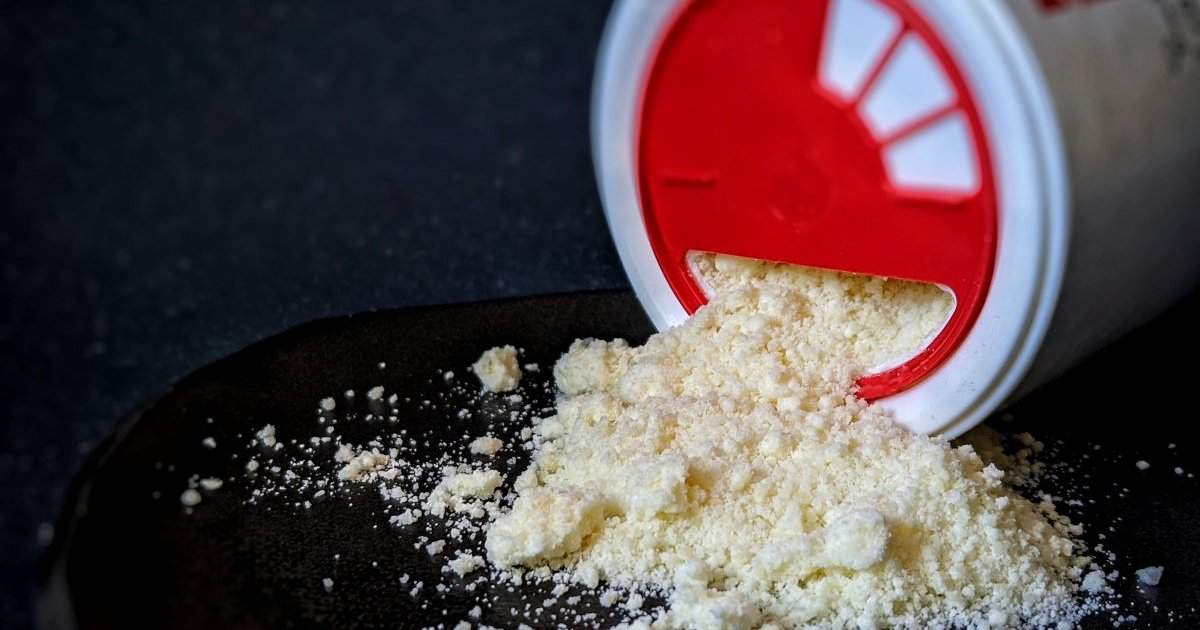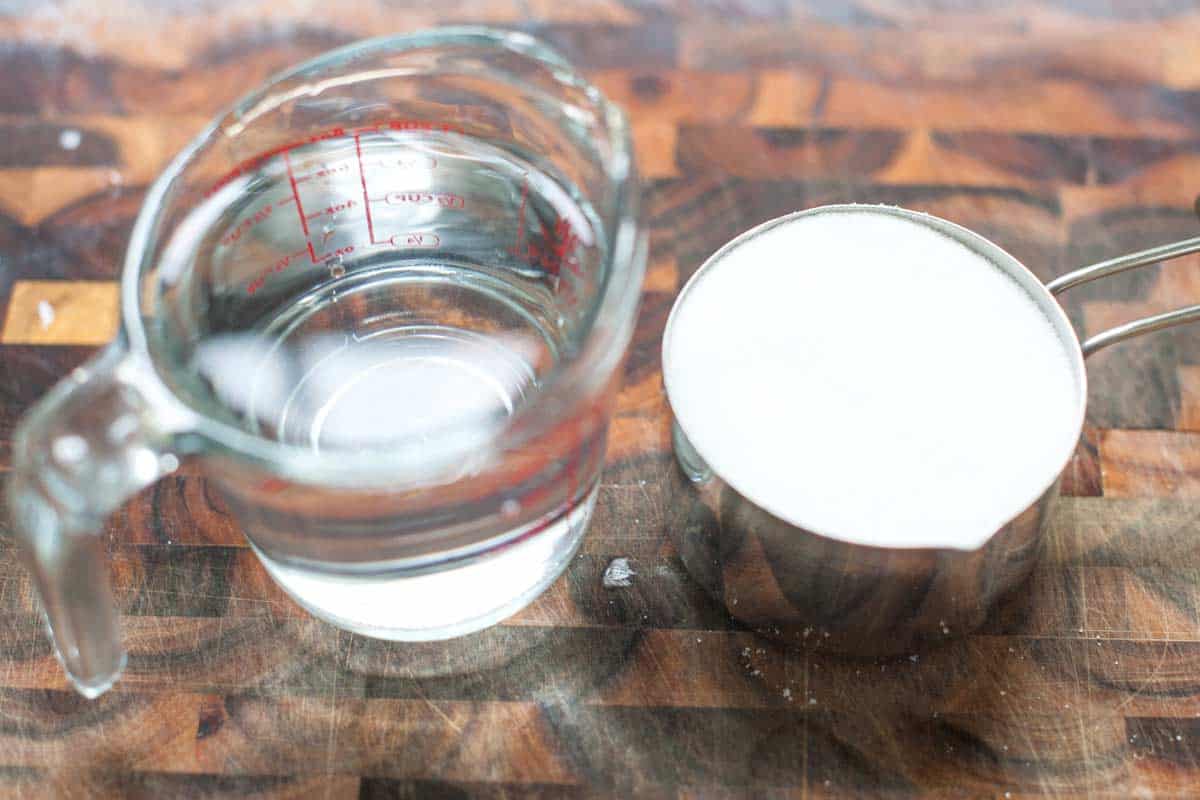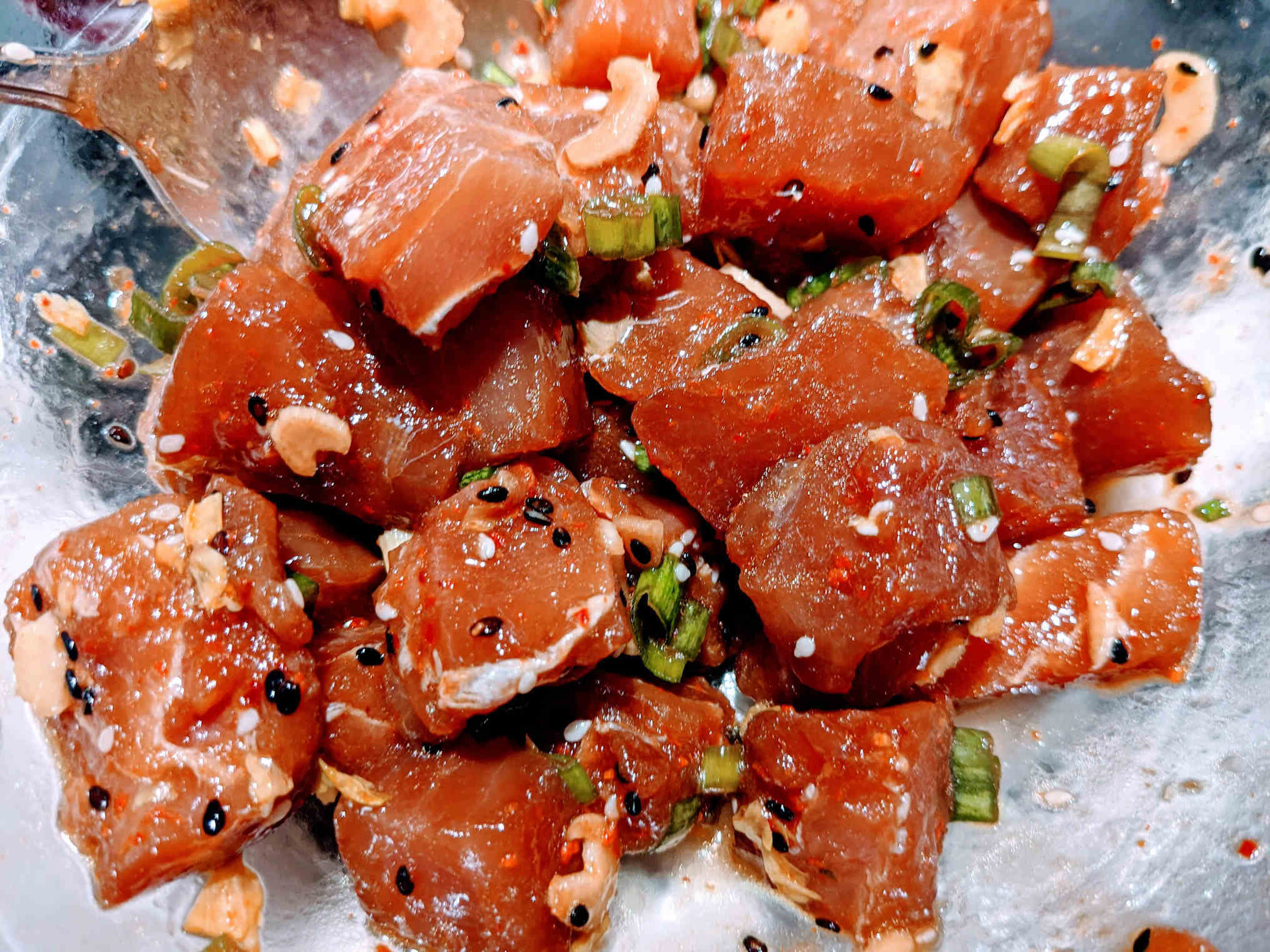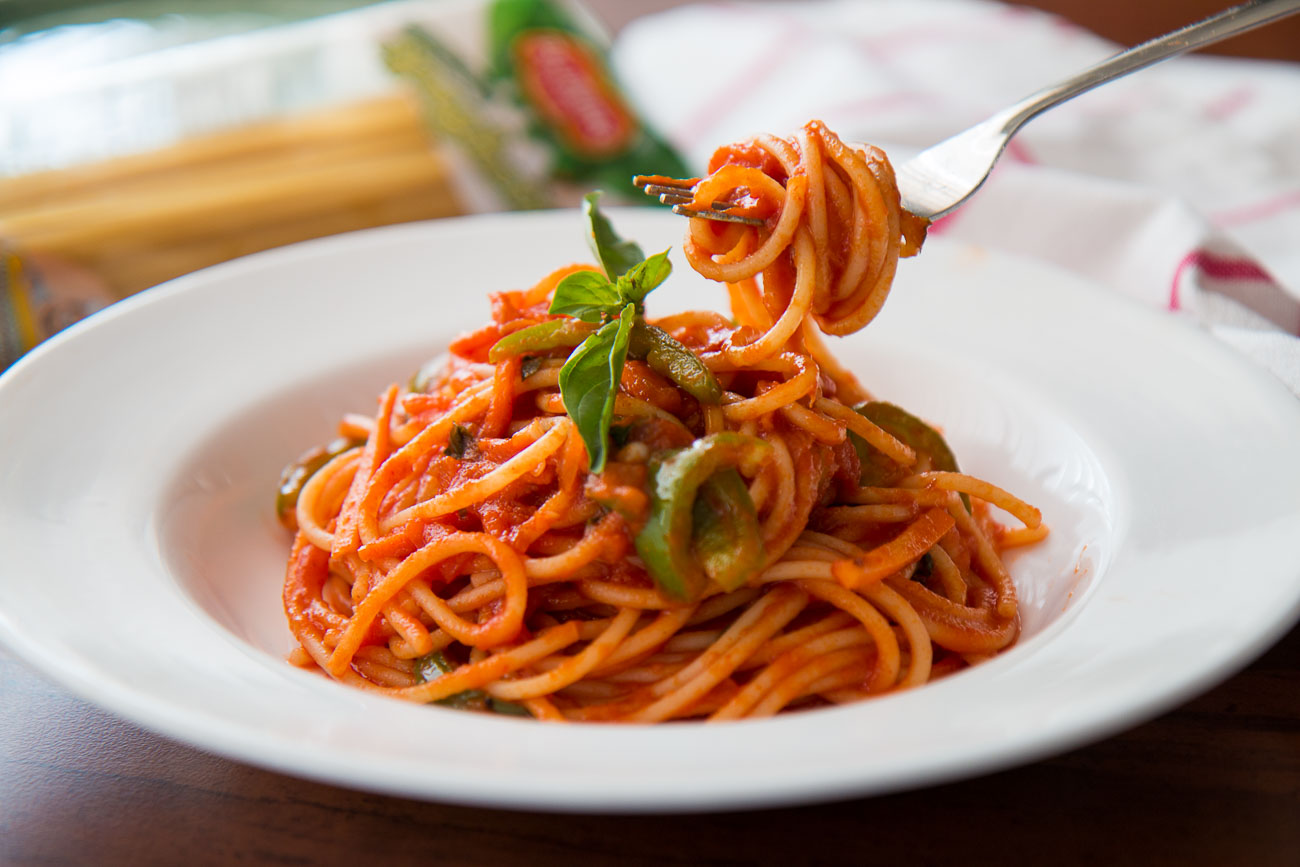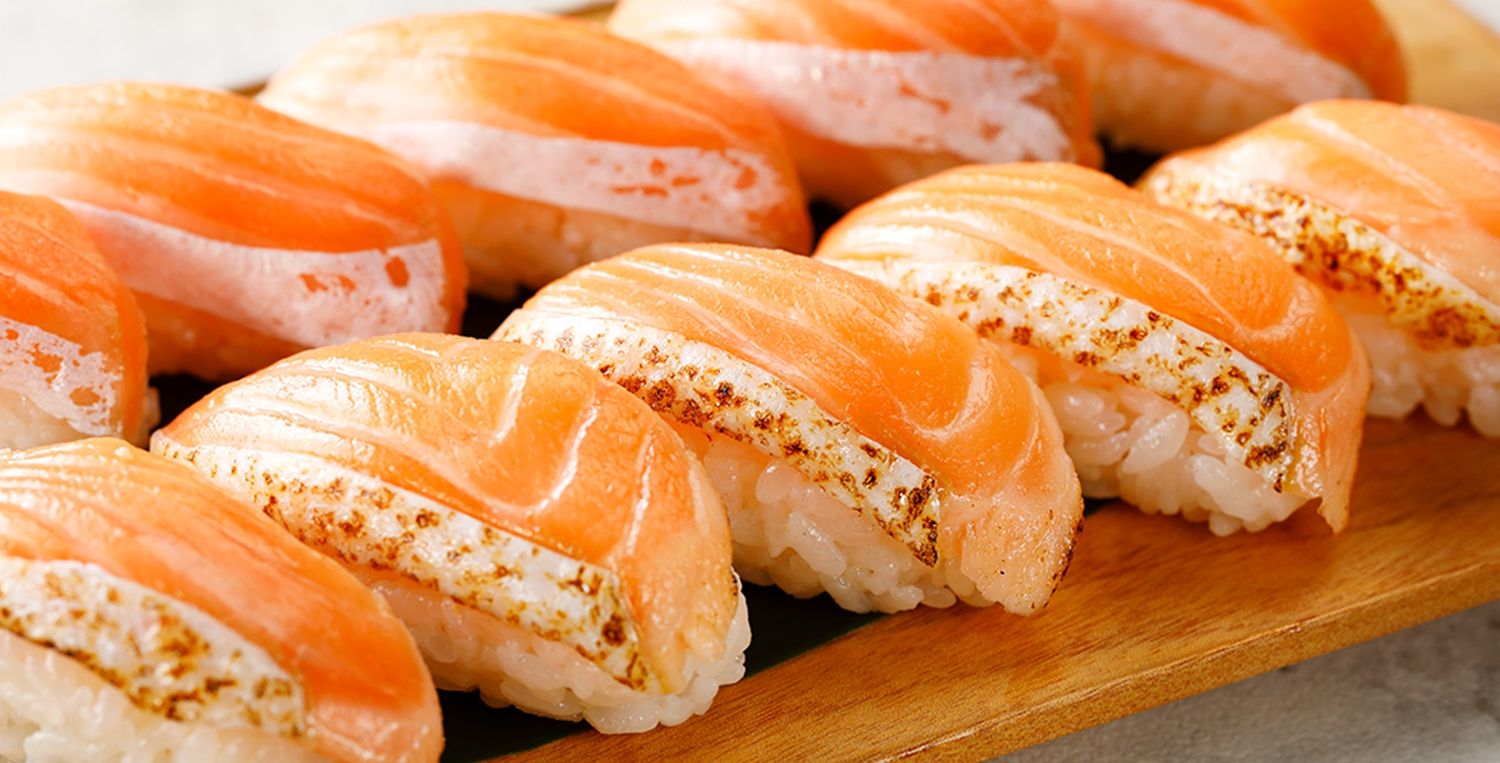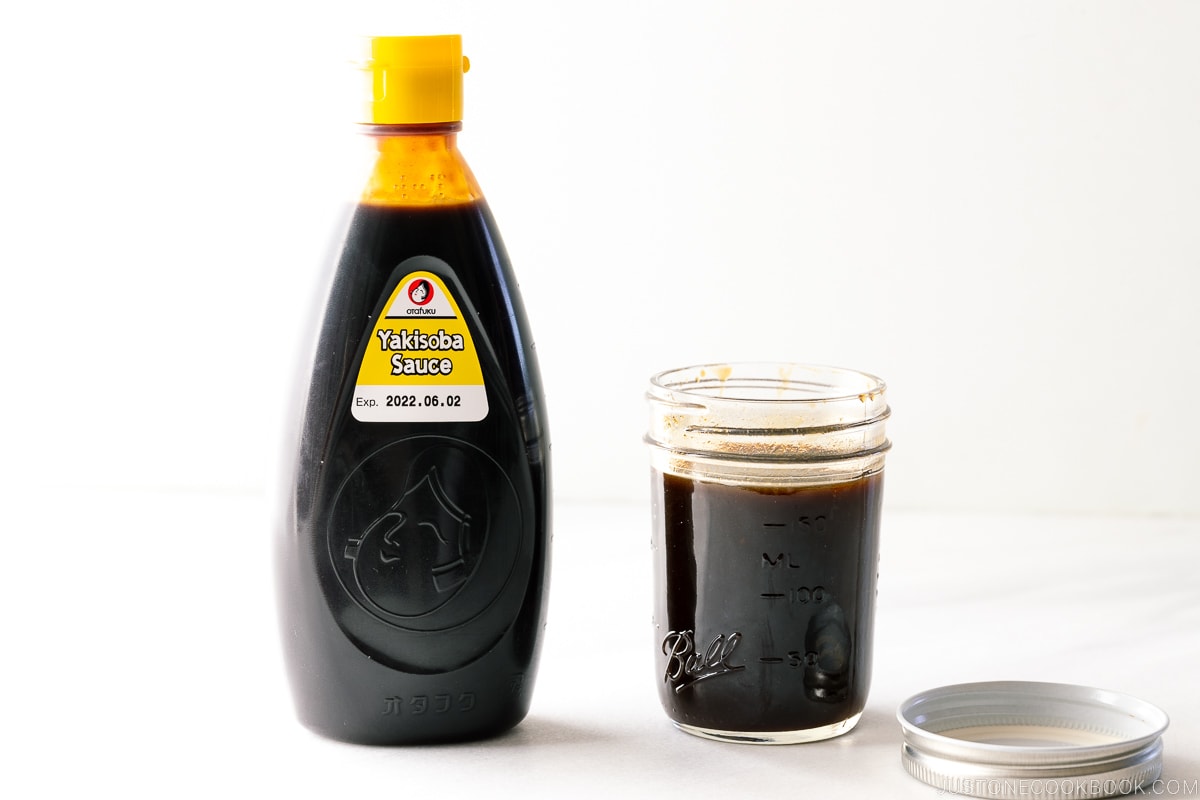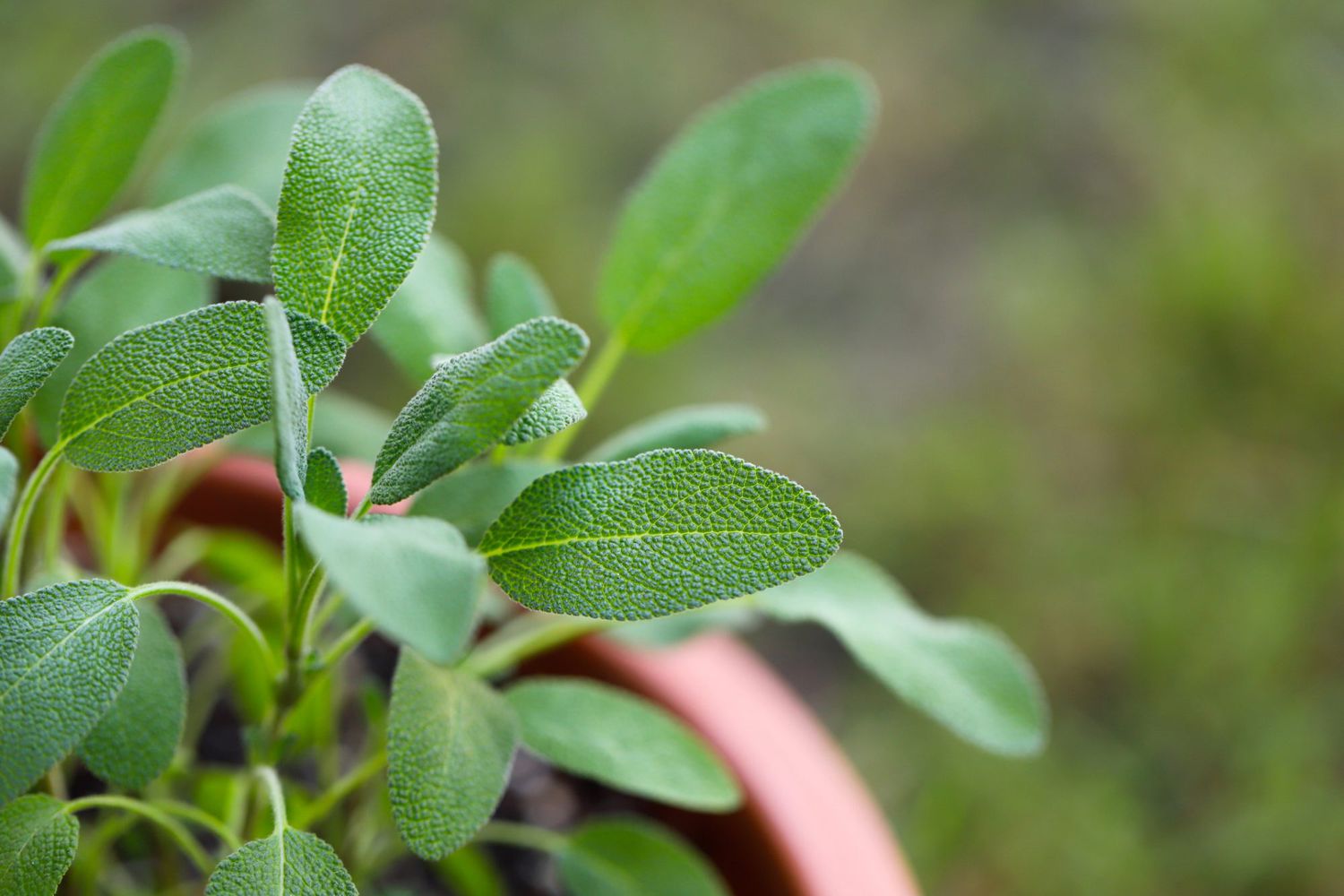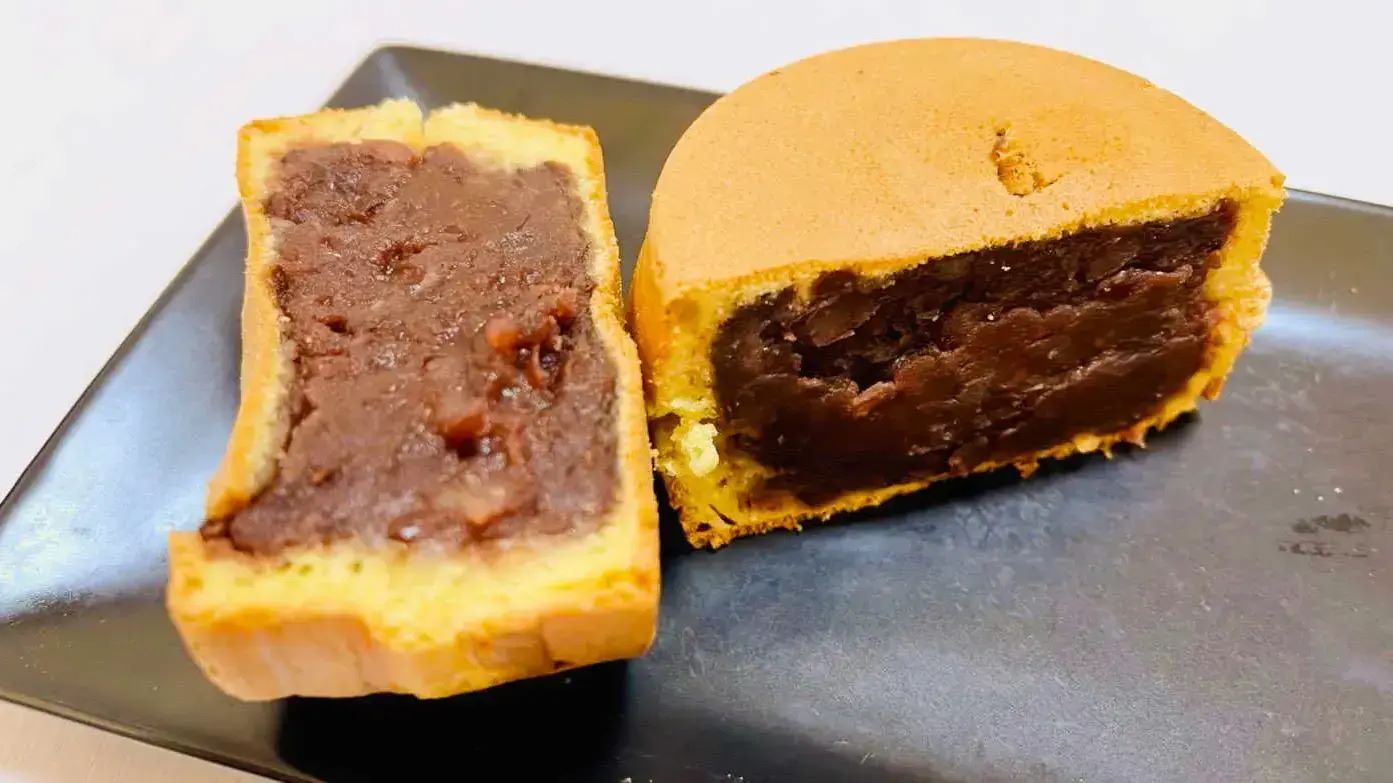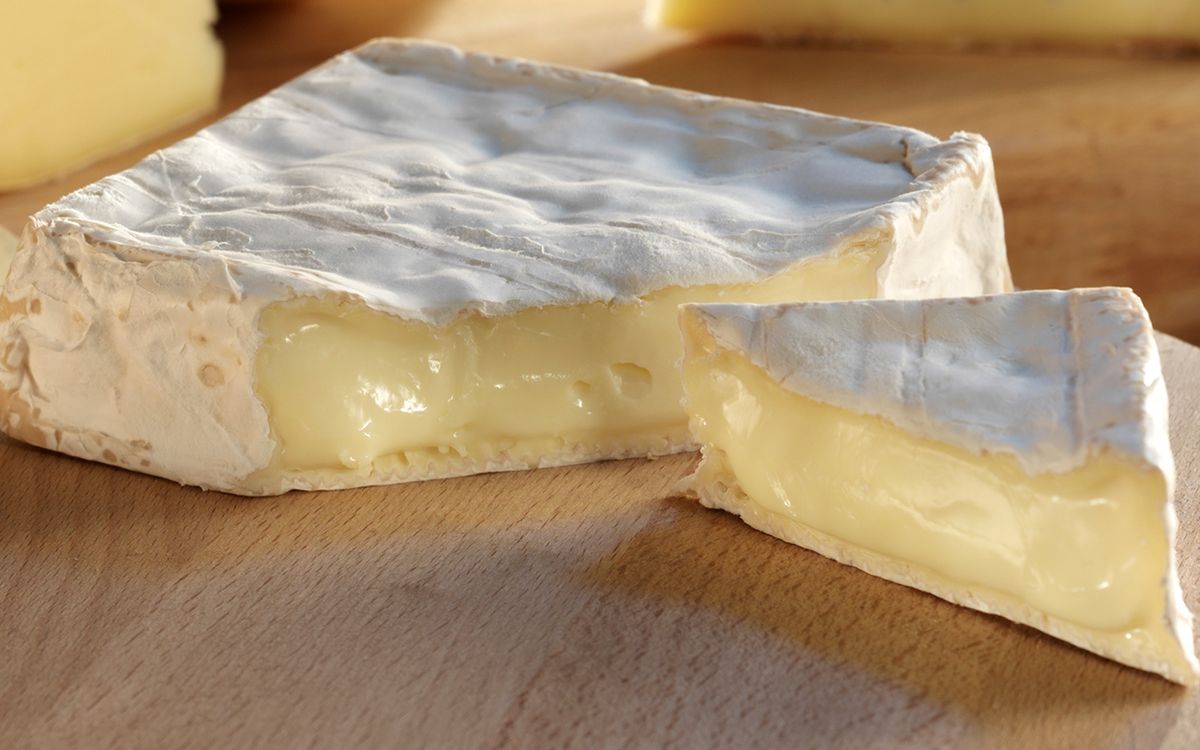Understanding the White Residue on Oranges
Have you ever noticed a white, powdery substance on the peel of your orange and wondered what it is? You’re not alone! Many people have come across this mysterious white stuff and have questions about its origin and safety. In this article, we’ll explore the nature of this white residue and provide some insights into what it actually is.
Nature of the White Residue
The white substance found on the peel of an orange is known as “orange mold” or “orange fungus.” It is a type of harmless, non-toxic mold that can develop on the surface of the fruit under certain conditions. This mold is a common occurrence and is not a cause for concern in most cases.
Causes of the White Residue
Several factors can contribute to the development of the white residue on oranges:
- Humidity: High levels of humidity can create an ideal environment for mold growth on the surface of the fruit.
- Storage Conditions: Improper storage of oranges in damp or humid environments can promote the growth of mold on the peel.
- Age of the Fruit: As oranges age, they become more susceptible to mold growth, especially if they are not stored in optimal conditions.
Is It Safe to Consume?
While the presence of white residue on the peel of an orange may not be visually appealing, it is generally safe to consume the fruit after removing the affected areas. The mold is typically confined to the surface of the peel and does not penetrate the flesh of the fruit. However, if the mold has spread to the interior of the orange or if the fruit appears to be spoiled, it is best to discard it to avoid any potential health risks.
Prevention and Removal
To minimize the occurrence of white residue on oranges, consider the following tips:
- Proper Storage: Store oranges in a cool, dry place to reduce the risk of mold development.
- Regular Inspection: Check oranges for any signs of mold or spoilage before consuming them.
- Thorough Washing: Rinse oranges under running water and gently scrub the peel to remove any surface mold before consuming or using the fruit.
Conclusion
In conclusion, the white residue found on oranges is a harmless mold that can develop under specific environmental conditions. While it may not be visually appealing, it is generally safe to consume oranges after removing the affected areas. By understanding the causes of this white residue and taking preventive measures, you can enjoy fresh, mold-free oranges with confidence.
Next time you spot the white stuff on an orange, you can rest assured that it’s just a harmless mold that can be easily managed. Happy and healthy orange eating!
Was this page helpful?
Read Next: What Is A Substitute For Thyme?
